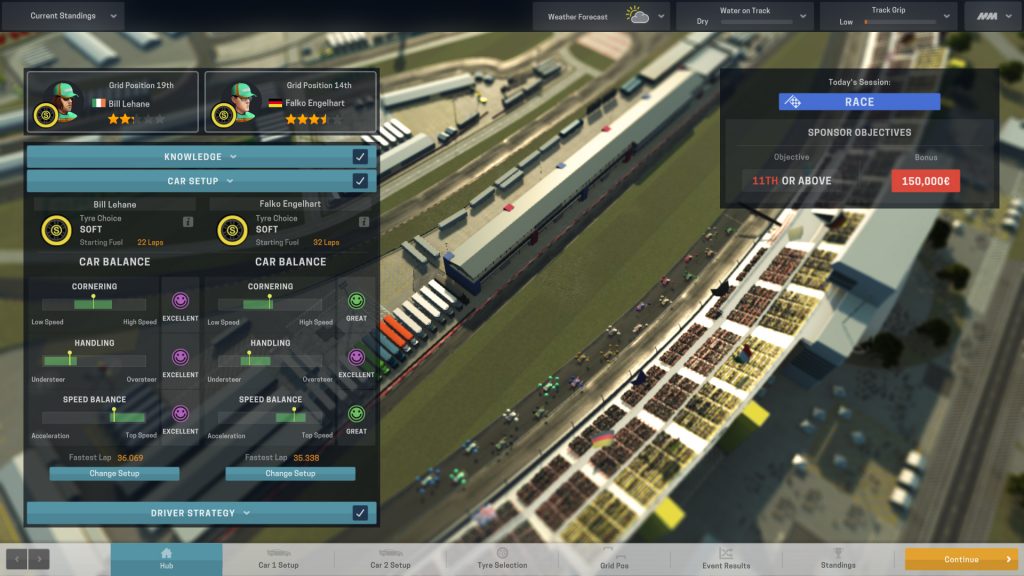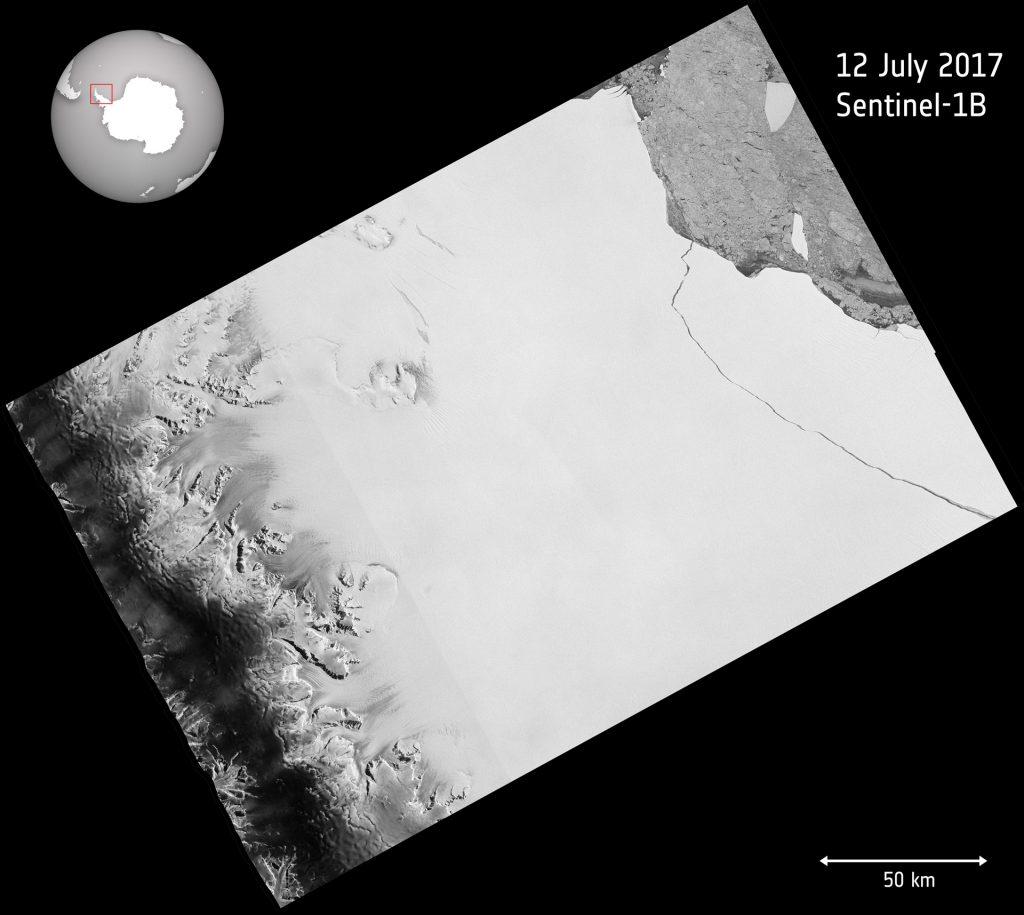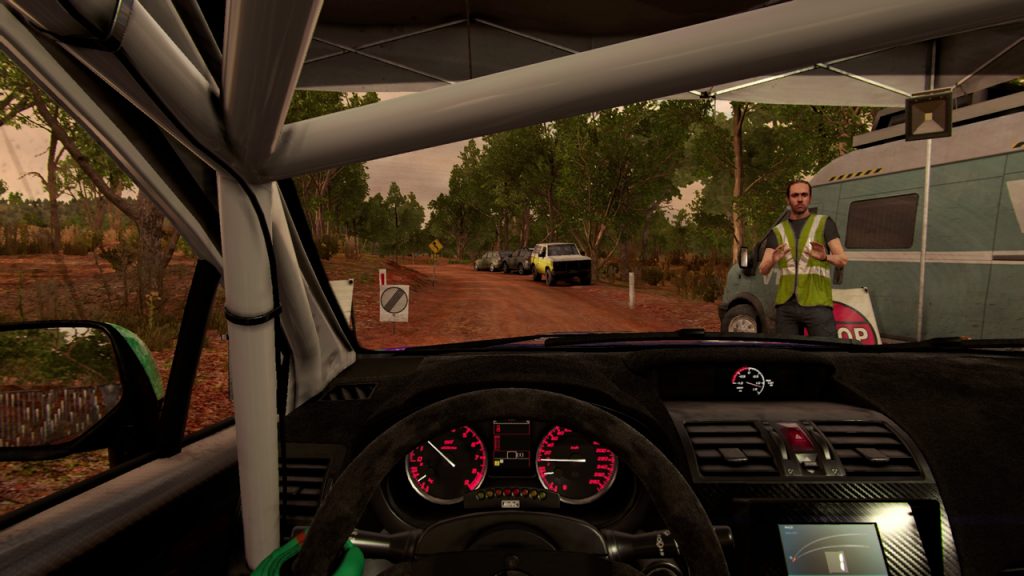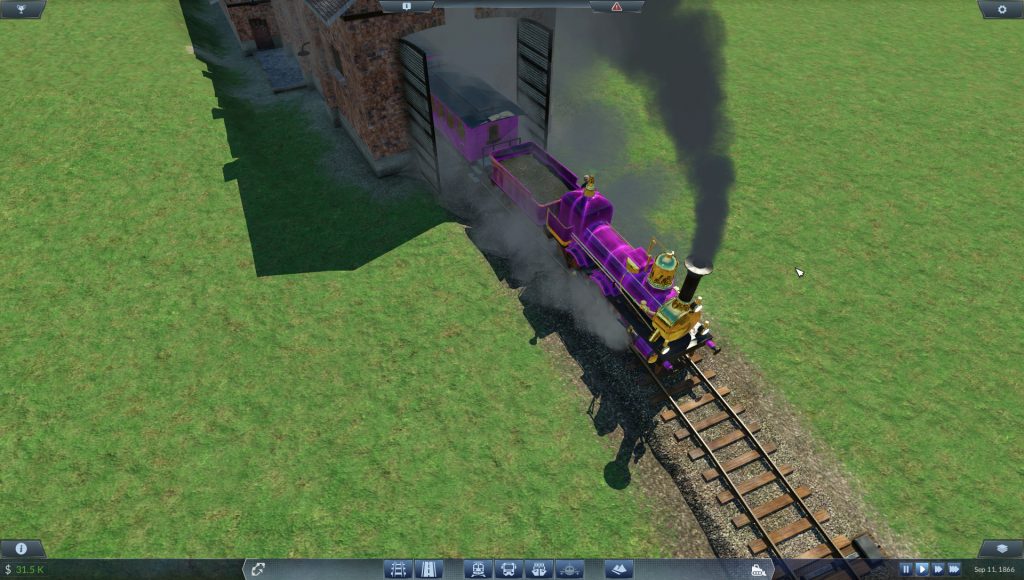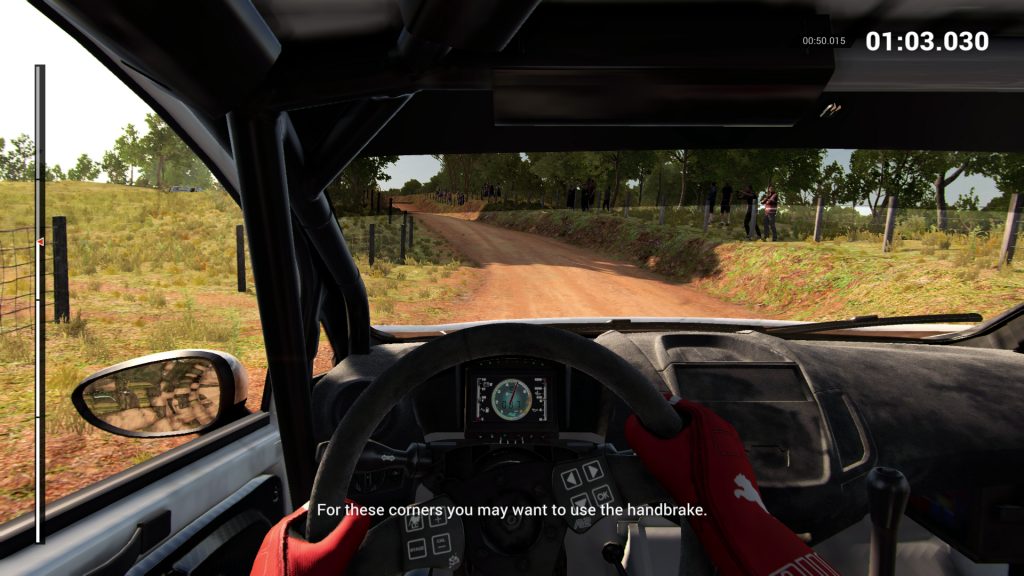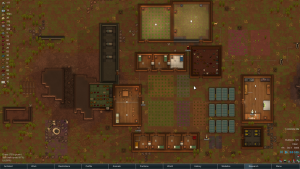Balancing: A Crucial Phase
During my ongoing literature review I often discover interesting facts about things I’ve never thought about. Sometimes I can connect these facts with my own observations: The result is mostly a completely new idea why things are as they are. Maybe these ideas are new to you, too. Therefore I’ll share my new science based knowledge with you!
This week: This time, I think about the requirements for a well balanced computer game. The game has to be adjusted according to the targeted playerbase’s needs, all game elements need to be relevant and a challenge’s difficulty should be aligned with the players training process caused by the gameplay.
The balancing of a computer game is a difficult but also very critical phase as it heavily affects a player’s enjoyment. In addition, achieving a good balancing is crucial to satisfy the needs of the targeted playerbase. Lastly, a good balancing ensures that players experience gaming flow and hence are immersed in the gameplay.
Generally, balancing has to achieve two main goals. On the one hand, balancing adjusts the balance between a game’s game mechanics and elements thus ensuring that no element is overpowered. For instance, the balancing of a strategy game needs to achieve that all units have a certain strength and a certain weakness for the purpose of achieving a ‚rock, paper, scissors‘ principle. At the same time, a unit’s efficiency and effectivity has to be balanced and adjusted so that the performance of a unit matches its price and availability. That way, balancing also has to achieve that all game elements feel relevant. Otherwise, players might realize that a few parts of a game are not that well designed which can lead to a lower enjoyment or even a high degree of frustration.
On the other hand, balancing also is required to adjust the game’s general difficulty. A good game always provides players with challenges they can barely overcome. As a result of this, players can experience gaming flow which is a state of mind during which a player is completely immersed in the gameplay and derives fun from it. However, when a game is too difficult or too easy, players might feel overwhelmed or bored, are not experiencing gaming flow and ultimately start to loose interest in the game.
As a result of this, it is critical to analyze the needs and characteristics of the targeted playerbase for the purpose of adjusting the game’s difficulty according to their needs. For instance, a hardcore playerbase needs tough challenges that require a perfect gameplay. At the same time, a hardcore playerbase is very resistent to failures and enjoys to retry a challenge over and over again until the challenge is exhausted. A casual gamer playerbase, on the other hand, enjoys to play games for a short amount of time only and is very interested in fast and good results. Hence, this playerbase demands a constant stream of new challenges that slowly increase in their difficulty and do not require a high amount of time to be solved.
Lastly, a good balancing ensures that a game and/or a challenge always is beatable. This requirement aligns with the balancing requirements for a flow inducing gameplay. It is crucial that a challenge only demands this amount of knowledge that probably has been trained by the player at the point of the gameplay when the challenge is encountered. Otherwise, a challenge might feel overwhelming, unfair or just based on pure luck which can destroy a player’s enjoyment.
